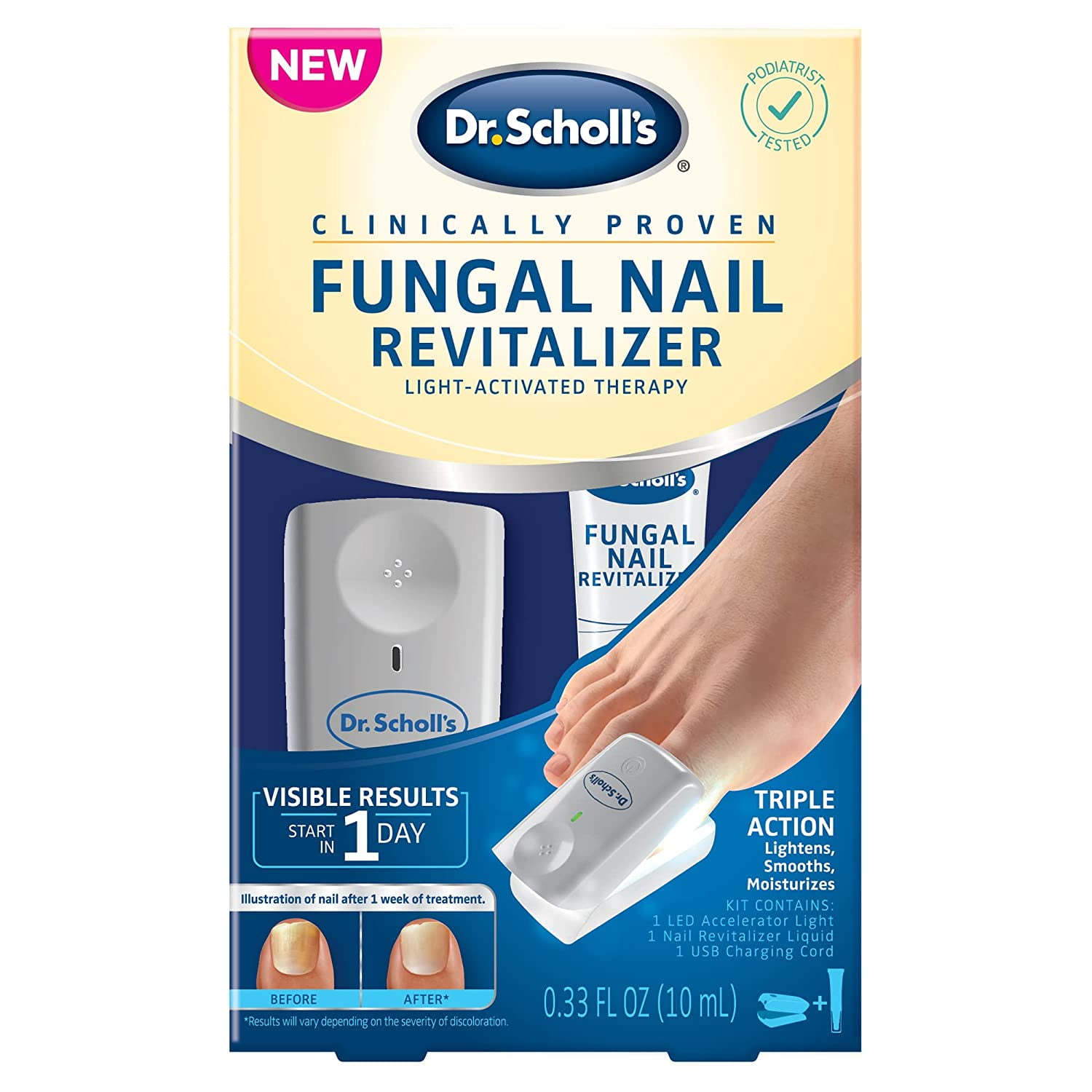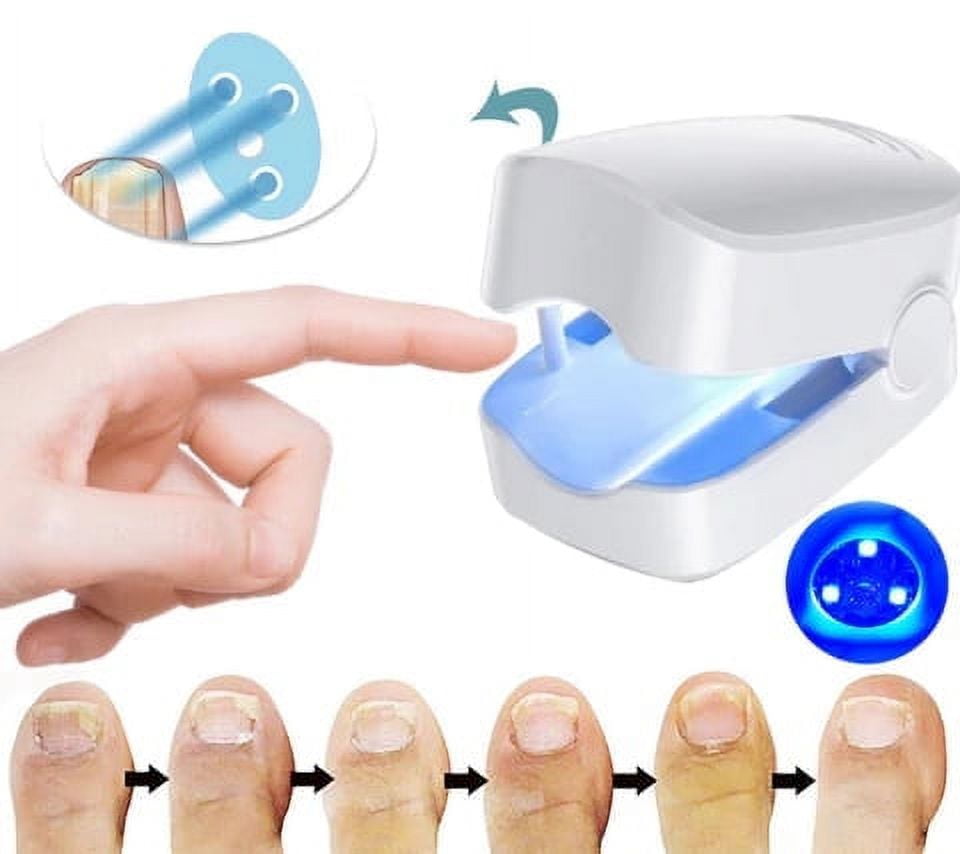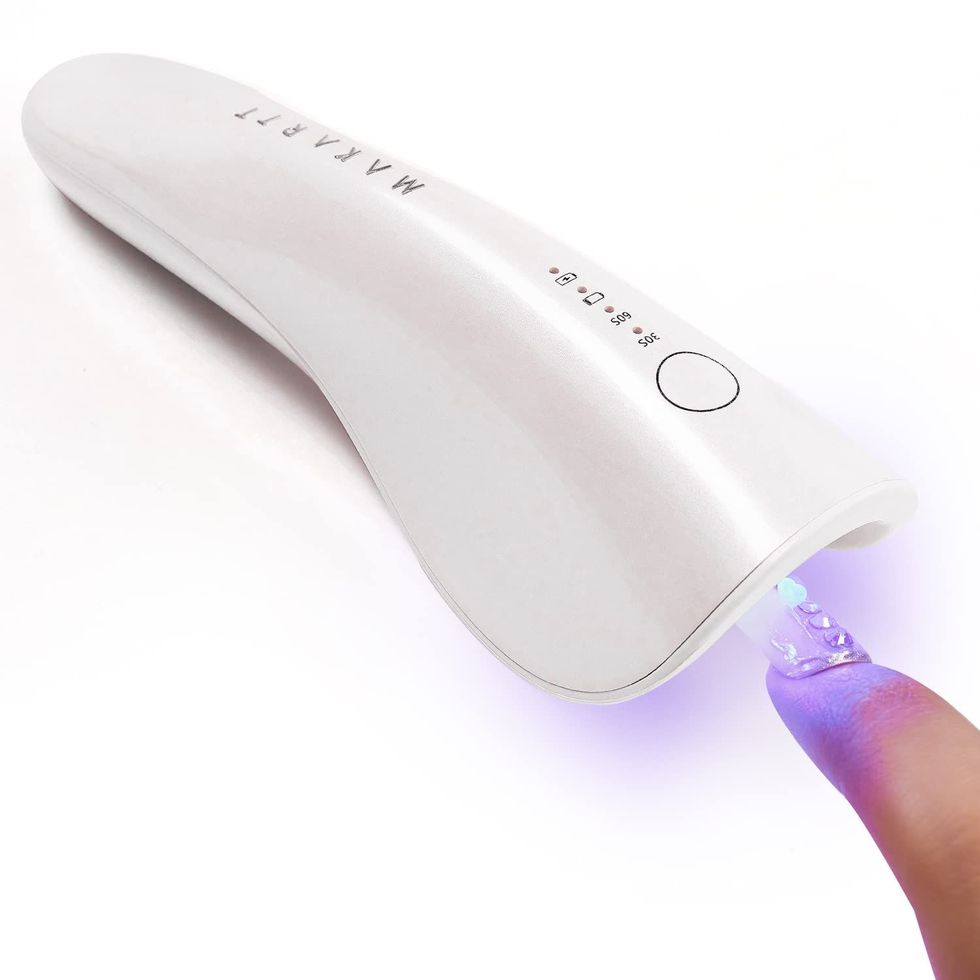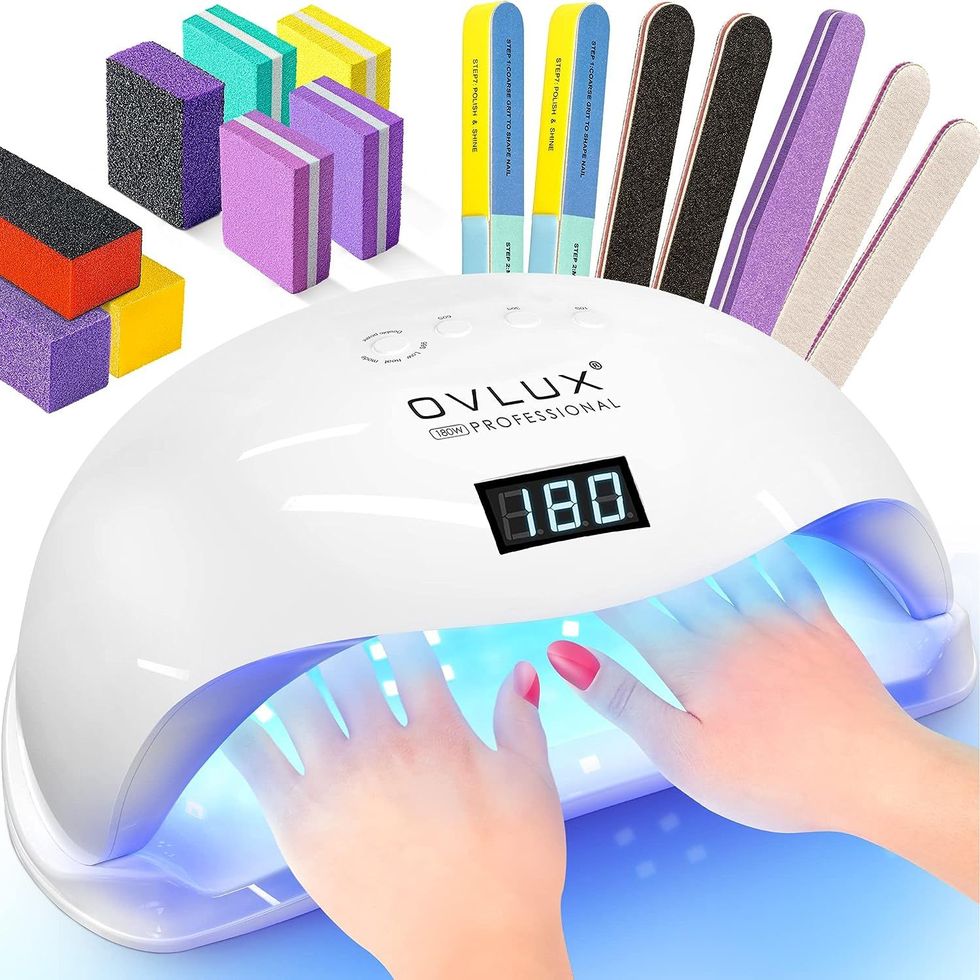Best Uv Light For Toenail Fungus
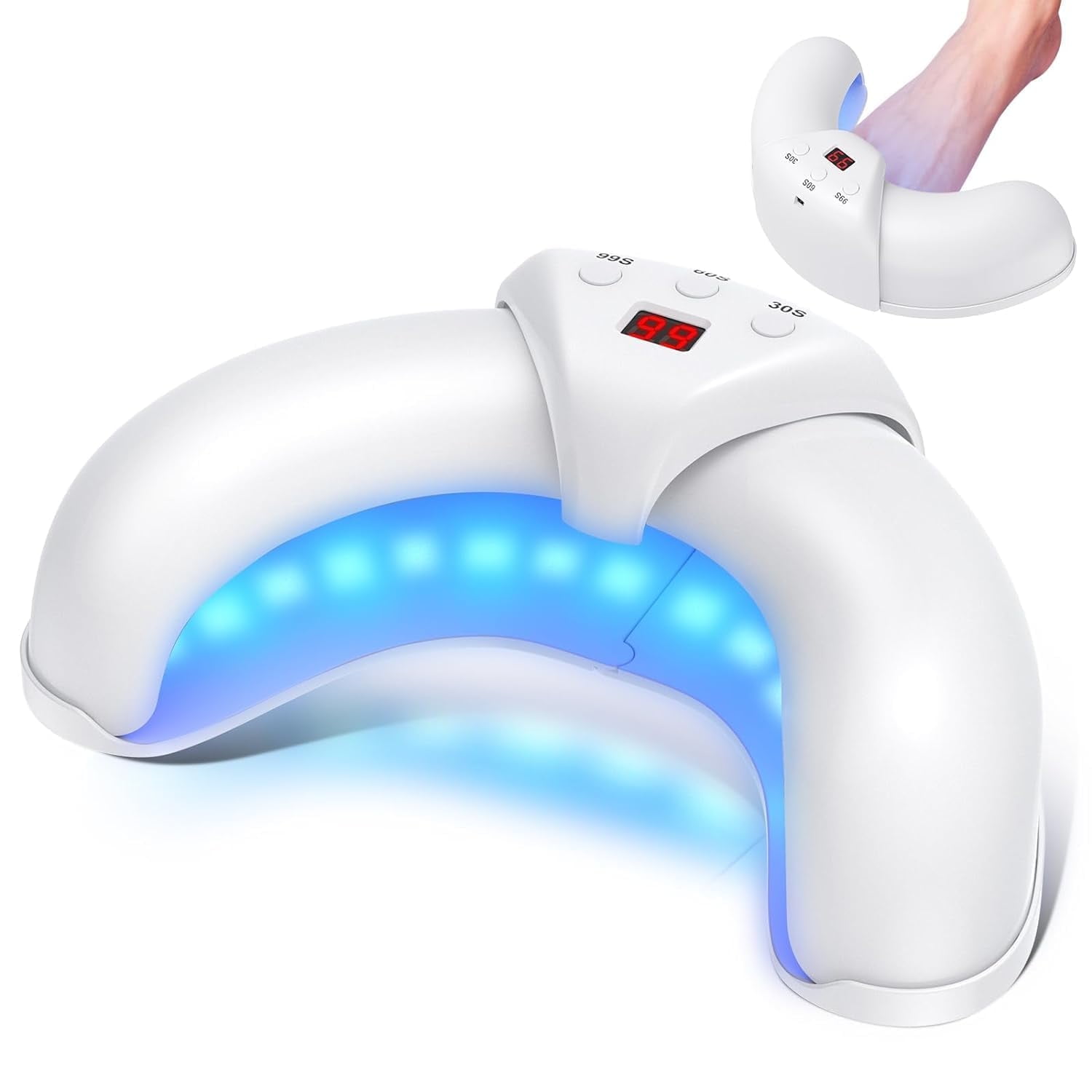
Toenail fungus, a common and often persistent infection, affects millions worldwide. While traditional treatments like topical and oral medications exist, some individuals are exploring alternative therapies. Among these, UV light therapy has garnered attention, prompting questions about its efficacy and the optimal devices for home use.
This article examines the current understanding of UV light for toenail fungus, analyzing available research and expert opinions. It aims to provide a balanced overview of its potential benefits and limitations, focusing on what consumers need to know before considering this treatment option. The information presented is based on available scientific literature and expert analysis.
Understanding Toenail Fungus and Treatment Options
Onychomycosis, commonly known as toenail fungus, is an infection caused by fungi that thrive in warm, moist environments. The infection can lead to thickened, discolored, and brittle nails, often accompanied by discomfort or pain.
Traditional treatments involve antifungal medications, either applied topically or taken orally. Oral medications, while often more effective, can carry potential side effects and require monitoring by a healthcare professional.
Topical treatments, on the other hand, may have limited efficacy due to the difficulty in penetrating the nail plate to reach the infection site.
UV Light Therapy: A Potential Alternative?
UV light therapy has been used to treat various skin conditions, including psoriasis and eczema. The premise behind its use for toenail fungus lies in the potential of UV light to damage or kill fungal cells.
Different types of UV light exist, with UV-A, UV-B, and UV-C being the most common. Each type has a different wavelength and affects living organisms differently.
UV-C light, in particular, is known for its germicidal properties and is frequently used for disinfection purposes.
The Science Behind UV Light and Fungi
Research on the effectiveness of UV light against toenail fungus is still limited. Some studies suggest that UV light, specifically UV-C, can inhibit fungal growth in vitro (in a laboratory setting).
However, translating these findings to real-world applications presents challenges. The nail plate, which protects the nail bed, can block a significant portion of the UV light from reaching the fungus.
Furthermore, the depth of the fungal infection and the density of the nail can affect the penetration of UV light, potentially limiting its effectiveness.
Considerations for Choosing a UV Light Device
Several UV light devices are marketed for home use to treat toenail fungus. These devices typically emit UV-A or UV-B light, although some may utilize UV-C.
It's crucial to understand that not all devices are created equal, and their effectiveness may vary significantly. When considering a UV light device, several factors should be taken into account.
Safety and Regulations
The primary concern with UV light is its potential to cause skin damage and increase the risk of skin cancer. Prolonged or excessive exposure to UV radiation can lead to sunburn, premature aging, and an elevated risk of developing skin malignancies.
Therefore, it is essential to use UV light devices strictly according to the manufacturer's instructions and to protect the surrounding skin with sunscreen or appropriate clothing.
Additionally, consumers should be aware of the regulatory status of these devices. In the United States, for example, medical devices are regulated by the Food and Drug Administration (FDA), which requires manufacturers to demonstrate the safety and effectiveness of their products before they can be marketed.
Efficacy and Clinical Evidence
Before investing in a UV light device for toenail fungus, it's crucial to review the available clinical evidence. Look for devices that have been tested in clinical trials and have demonstrated some level of efficacy.
However, be wary of exaggerated claims or testimonials without scientific backing. A device’s marketing materials may tout impressive results, but the absence of rigorous scientific studies can be a red flag.
Consult with a dermatologist or podiatrist to discuss the potential benefits and risks of UV light therapy and to determine if it is an appropriate treatment option for your specific condition. A podiatrist can provide insights into the severity of the infection and the likelihood of success with UV light therapy.
Device Specifications and Features
Consider the device's size, portability, and ease of use. Some devices are designed for treating individual toes, while others can accommodate the entire foot.
Check the device's wavelength and intensity of UV light emitted. The optimal wavelength and intensity for treating toenail fungus are not definitively established, but UV-C light, in particular, warrants caution due to its potential for causing more significant skin damage.
Look for devices with built-in timers and automatic shut-off features to prevent overexposure. These features can help ensure safe and controlled treatment sessions.
The Importance of Professional Consultation
Before embarking on any treatment for toenail fungus, seeking professional advice is critical. A dermatologist or podiatrist can accurately diagnose the infection, assess its severity, and recommend the most appropriate treatment plan.
They can also advise on whether UV light therapy is a suitable option, considering your individual circumstances and medical history.
Self-treating toenail fungus without consulting a healthcare professional can lead to delays in diagnosis and treatment, potentially worsening the infection and increasing the risk of complications.
Conclusion
UV light therapy holds some promise as a potential treatment for toenail fungus, but further research is needed to fully establish its efficacy and safety. The current evidence suggests that UV light, particularly UV-C, can inhibit fungal growth in vitro. However, the nail plate can significantly impede the penetration of UV light, limiting its effectiveness in treating deep-seated infections.
Consumers considering UV light devices for toenail fungus should exercise caution and carefully evaluate the available evidence. Choose devices that have undergone clinical testing and comply with safety regulations.
Most importantly, consult with a healthcare professional to determine if UV light therapy is a suitable treatment option and to ensure that it is used safely and effectively. Combining UV light treatment with other therapies prescribed by your podiatrist may improve your outcome.




